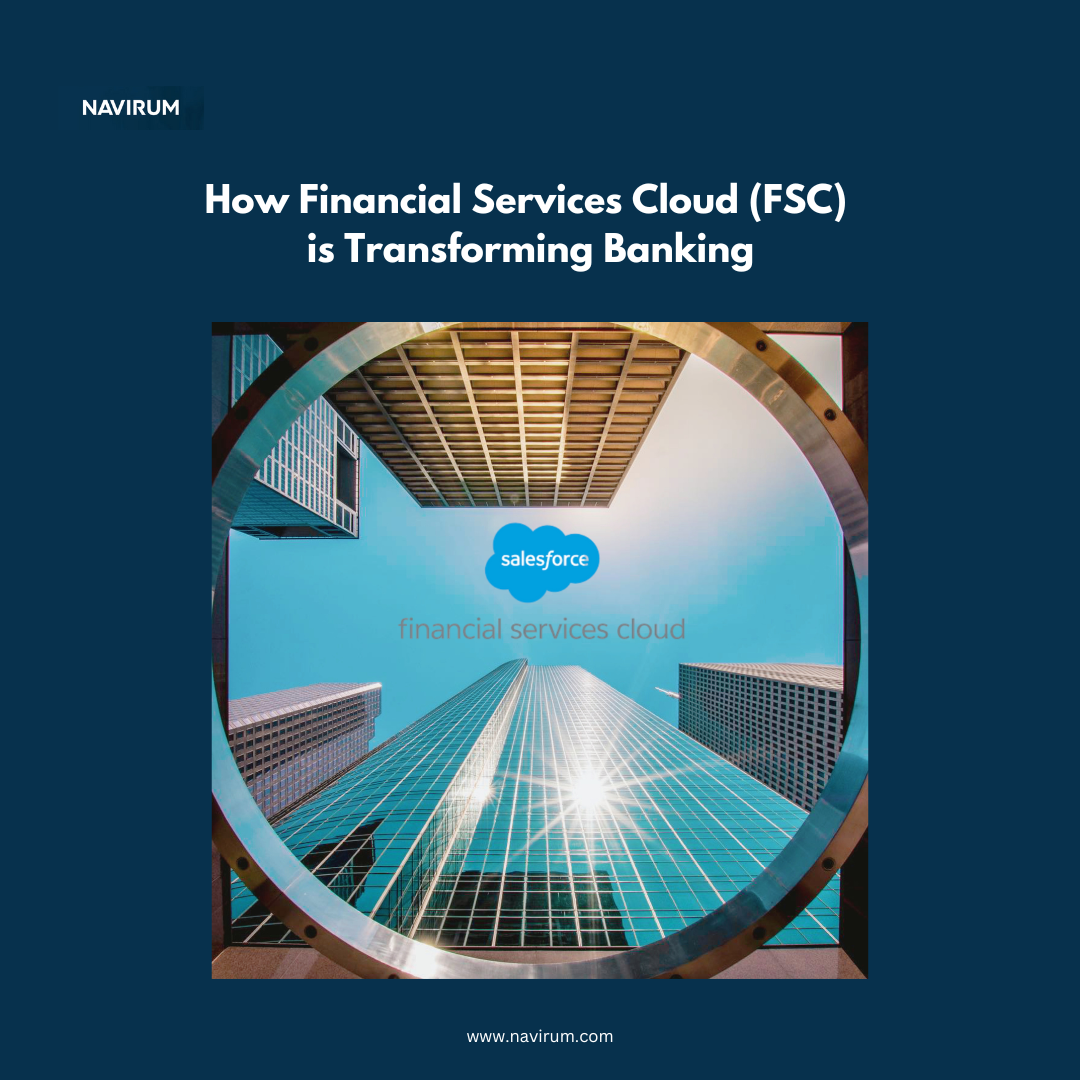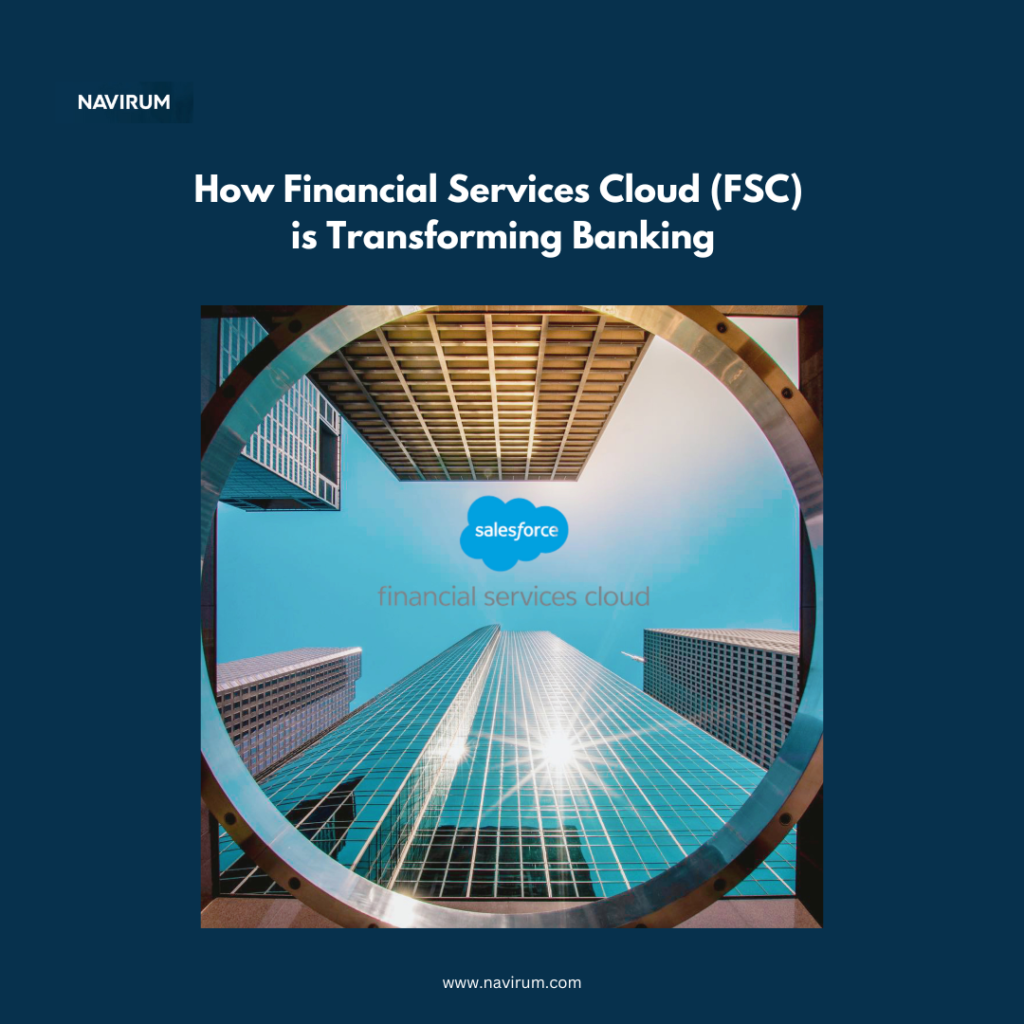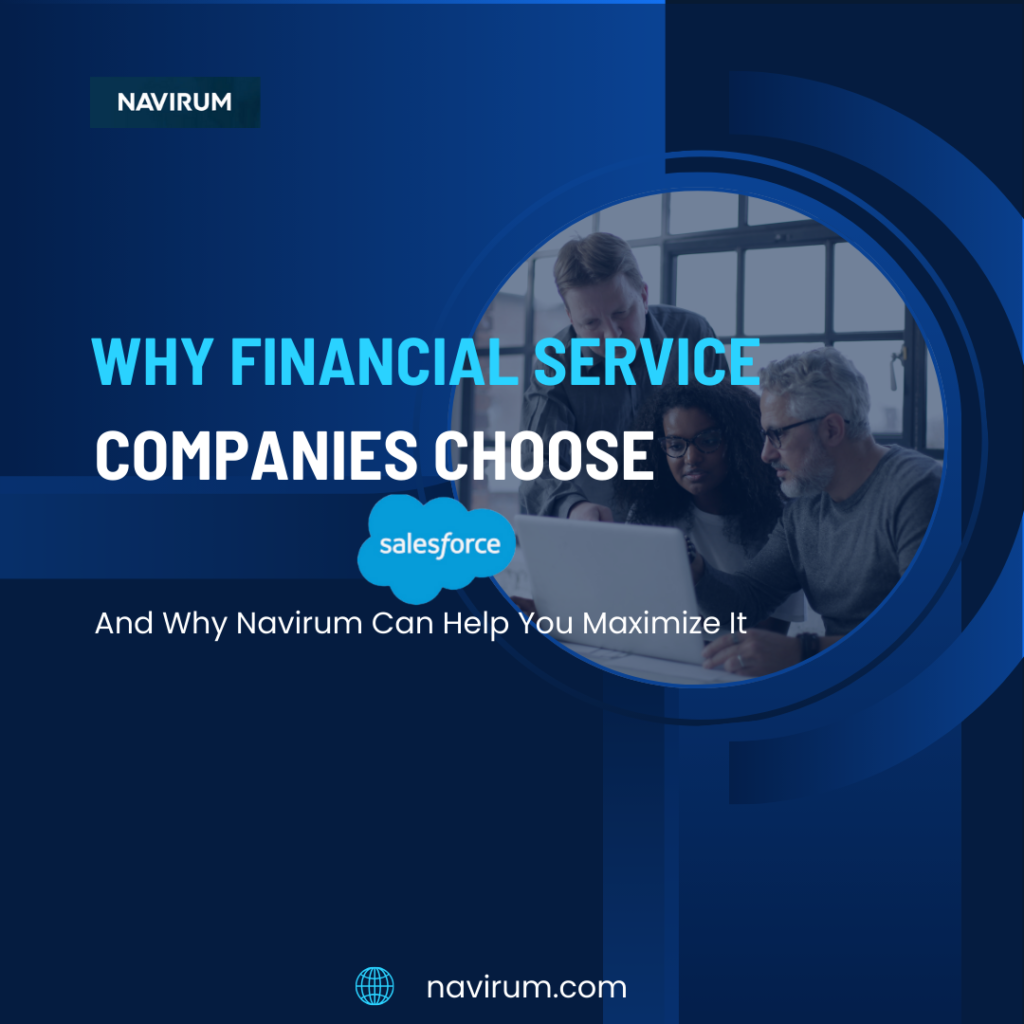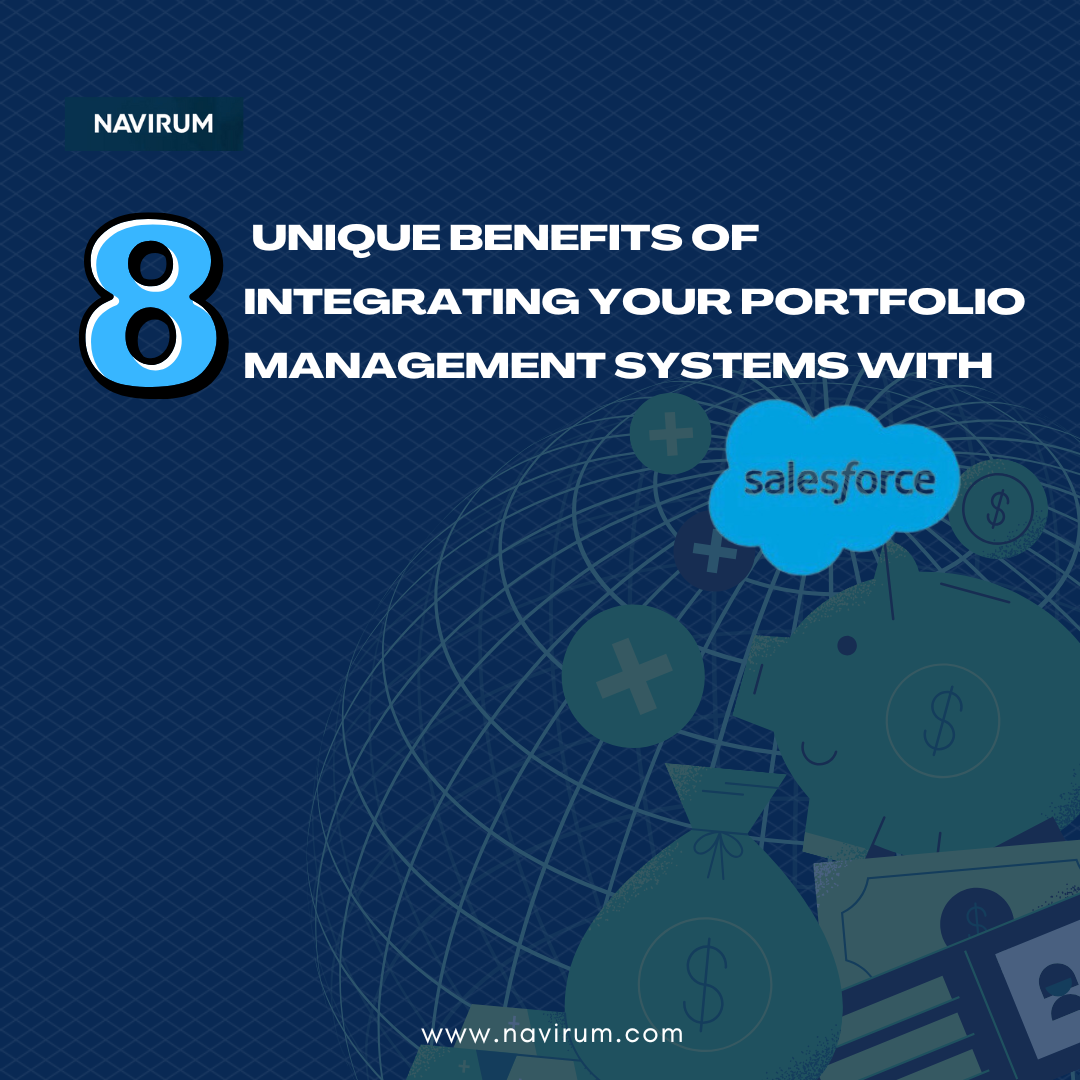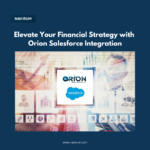Discover How Private Credit and Salesforce Drive Business Success
In today’s fast-paced business world, companies are searching for flexible financial solutions and cutting-edge technology to fuel growth. Private credit has emerged as an attractive alternative funding option, offering nimble capital solutions. At the same time, Salesforce has become a leading cloud-based platform that streamlines operations, boosts productivity, and drives innovation. Together, private credit and Salesforce create a powerful growth strategy for modern businesses.
The Rise of Private Credit
Private credit involves non-bank lending solutions provided by specialized investment firms. Its popularity soared after the 2008 financial crisis, when traditional bank lending was disrupted and alternative investments gained momentum. Notably, the private credit market has eclipsed private equity in recent years. From the growth of the naughties onward, both private credit and private equity firms tapped into Salesforce to scale and expand their operations. Key benefits include:
- Speed and Flexibility: With streamlined approval processes, private credit lenders provide faster access to funding during volatile market conditions.
- Customized Terms: Tailored financing solutions meet the unique needs of each borrower, supporting growth plans and turnaround strategies.
- Diversification of Funding Sources: Incorporating private credit reduces reliance on conventional loans and secures more favorable financial terms.
Leveraging Salesforce for Business Transformation
The post-crisis era also marked the rise of cloud technology, with Salesforce emerging as the go-to CRM and business platform. Early industry leaders such as Kleiner Perkins, Blackstone, and Bain Capital adopted Salesforce to fuel impressive growth. Its robust capabilities empower companies in alternative investments and traditional private equity alike. Key features include:
- Streamlined Processes: Salesforce automates routine tasks and integrates data across departments, enabling teams to collaborate efficiently.
- Enhanced Data Insights: Data is the lifeblood of every Salesforce implementation, particularly for private credit firms. Advanced analytics, customizable dashboards, and integrations with platforms like Dakota, Preqin, and Seismic deliver critical market intelligence.
- Improved Customer Engagement: Salesforce’s comprehensive suite—from lead management to personalized marketing—helps businesses nurture client relationships and convert opportunities into growth.
- Mobile Accessibility: The Salesforce mobile app is vital for on-the-go access. Whether pitching to a pension fund or connecting with prospects at an event, mobile access to client information is essential.
- Future-Forward Innovations: As private credit promises significant future growth, Salesforce remains a safe bet. Its AI leadership—exemplified by tools such as Agentforce—boosts decision-making and operational efficiency, while enhanced analytics with Tableau and deeper integrations via MuleSoft drive superior data connectivity.
Integrating Private Credit Strategies with Salesforce
Combining private credit with Salesforce’s cloud technology creates an ideal environment for growth. Here are strategies to harness both financial agility and technological efficiency:
- Data-Driven Financing Decisions: Utilize Salesforce’s detailed reporting and analytics to monitor key performance indicators (KPIs) like cash flow and customer acquisition. Integrations with Dakota, Preqin, and Seismic add valuable market intelligence during negotiations.
- Enhanced Relationship Management: Clear communication and trust are critical in private credit arrangements. Salesforce’s CRM capabilities maintain detailed records and facilitate personalized interactions between lenders and borrowers.
- Optimized Workflow Automation: Automate financing processes within Salesforce to manage repayment deadlines, credit performance alerts, and funding milestones, ensuring transparency and accountability.
- Strategic Growth Planning: Leverage Salesforce insights to inform private credit strategies. Strong market traction data can be used to secure additional funding for scaling successful product lines.
The 2008 financial crisis triggered a shift toward agile private credit and alternative investments, while Salesforce emerged as a catalyst for growth in both private credit and private equity. By harnessing data-driven insights, robust mobile capabilities, and future-forward innovations like AI through Agentforce, companies are well-equipped for sustainable success in today’s competitive landscape.
Embracing the power of private credit alongside innovative platforms like Salesforce can unlock tremendous growth opportunities for businesses. By leveraging flexible financing options and cutting-edge technology, companies can streamline operations, enhance customer relationships, and expand their market reach. If you’re ready to take your business to the next level, consider exploring how these powerful tools can work together to drive your success. Don’t wait—start unlocking new growth opportunities today!
Book a demo with Navirum today!
Navirum on LinkedIn | Navirum on AppExchange



